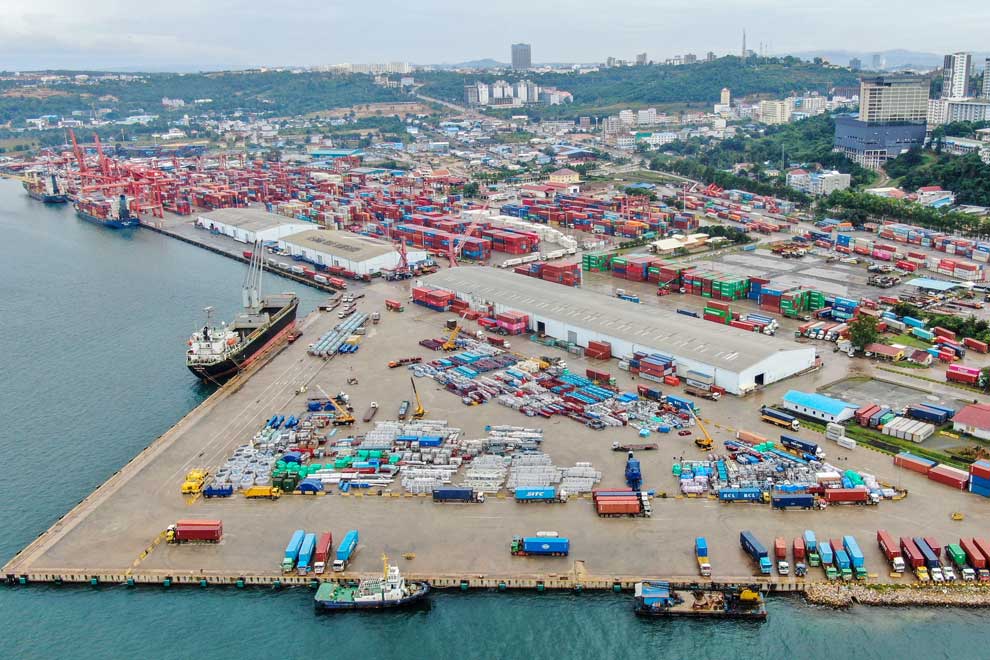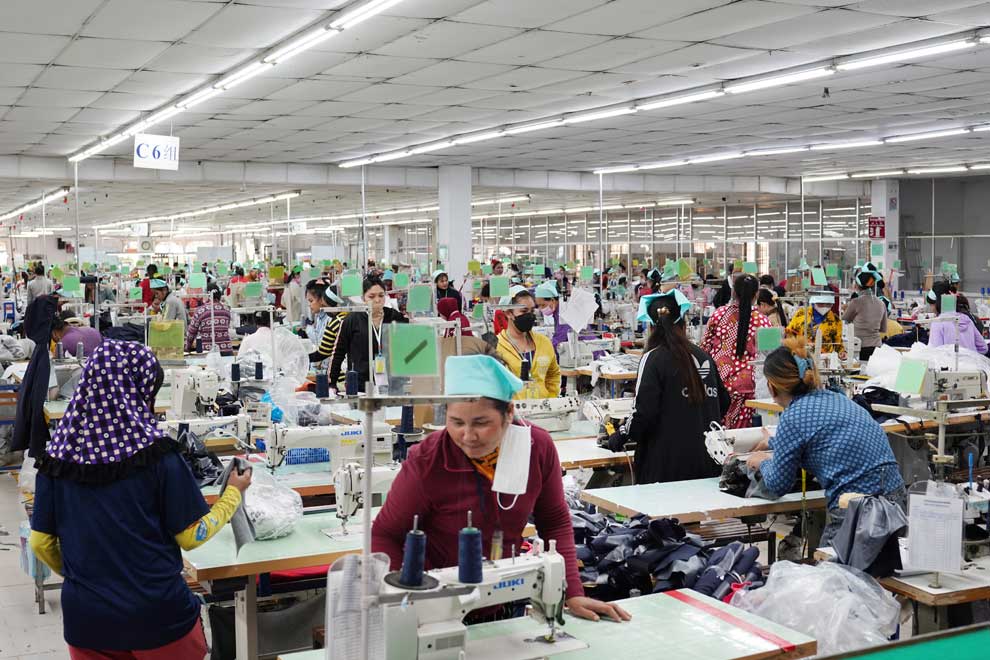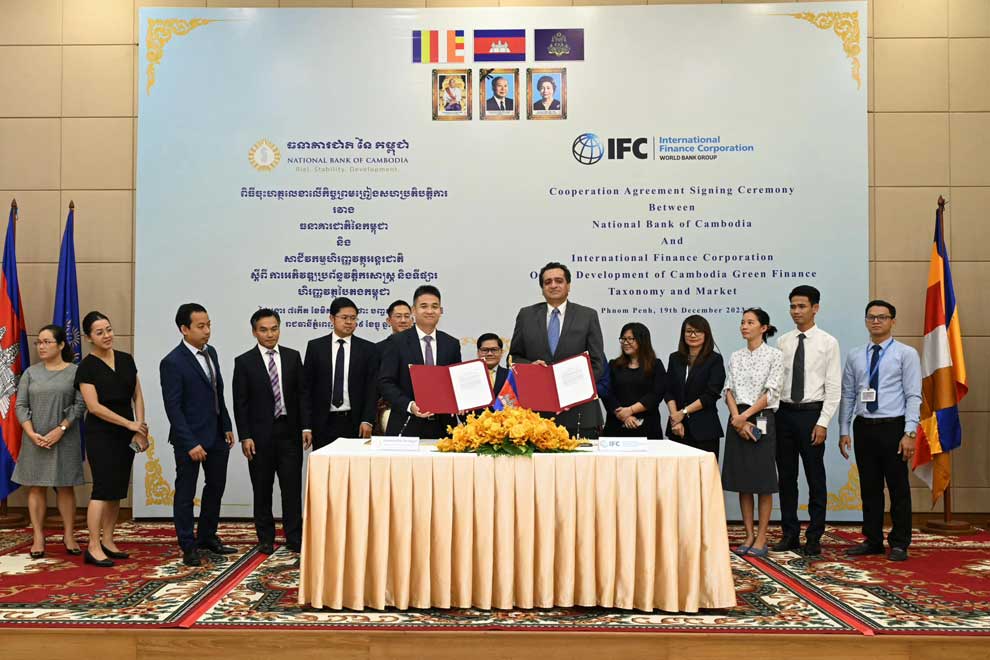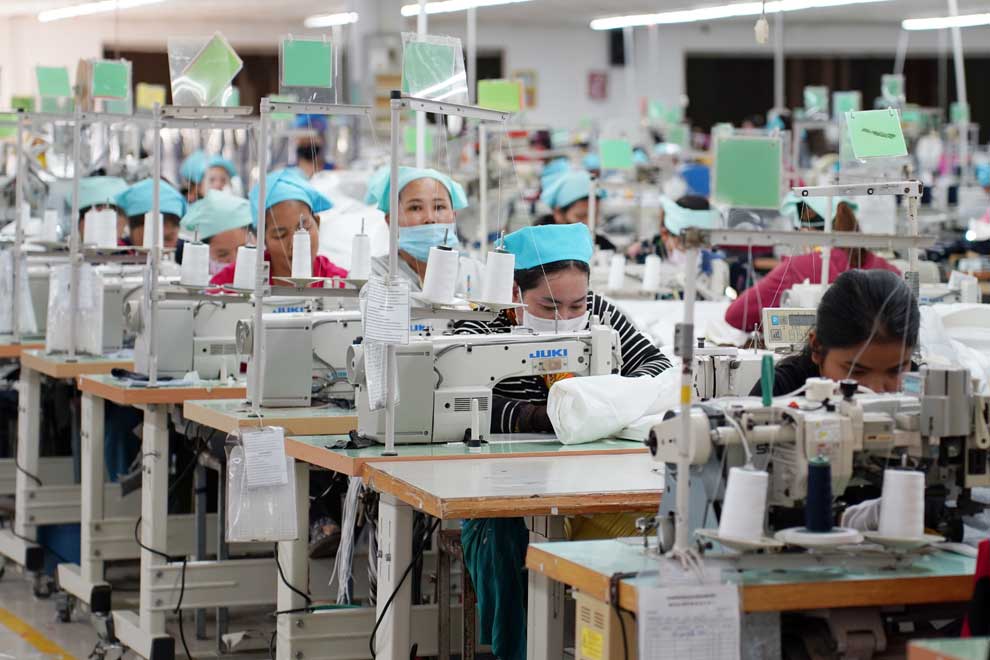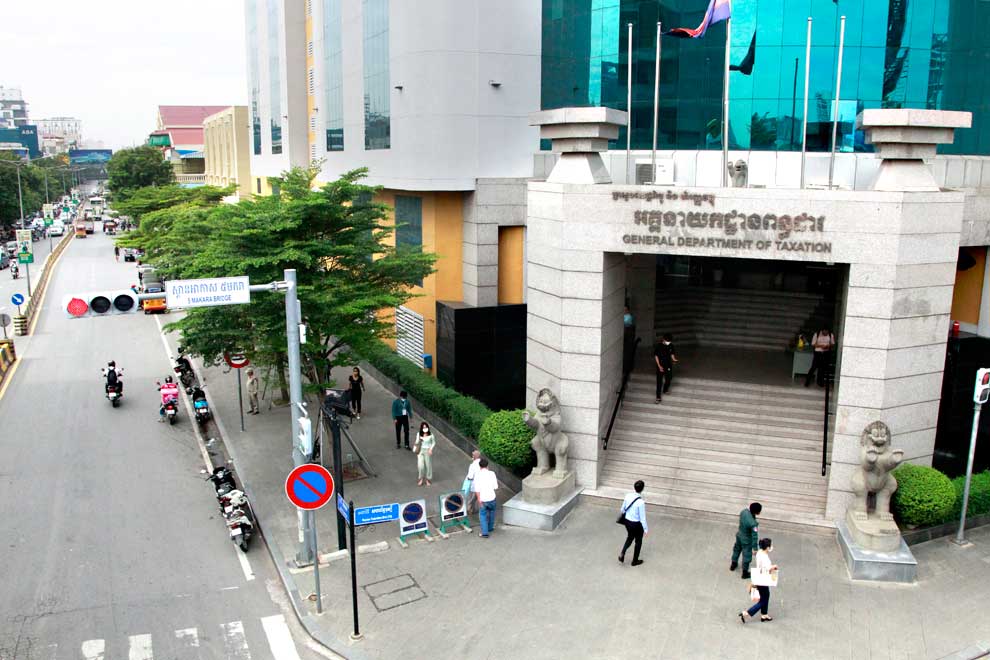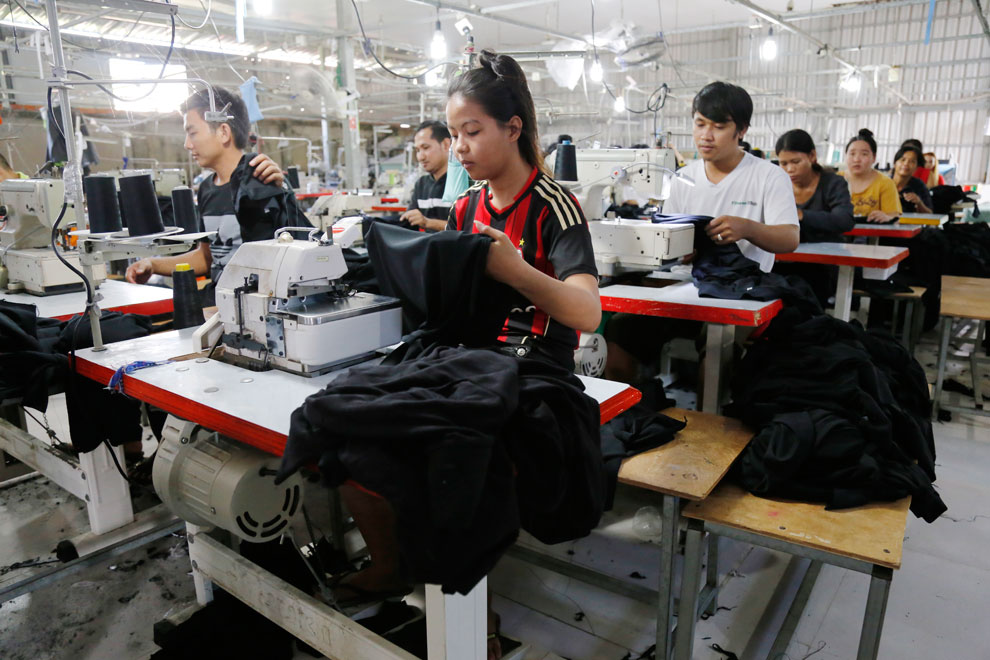Cross-border QR payments ‘likely’ to raise Chinese trade
Cross-border QR payments ‘likely’ to raise Chinese trade
Private sector representatives are optimistic about the prospects of increased investments, tourism and bilateral trade between Cambodia and China in the coming years following the official launch of cross-border QR code payments.

The National Bank of Cambodia (NBC) and UnionPay International (UPI) officially introduced the payment platform, connecting the central bank’s Bakong network with UPI’s global network on December 22.
NBC governor Chea Serey expressed her enthusiasm during the launch, stating that the collaboration aims to tap into the vast potential of cross-border remittances for individuals, businesses and the broader economy.
She noted that both parties signed a memorandum of understanding (MOU) in July to jointly promote QR interoperability.
Serey said that following this, a comprehensive feasibility study was conducted to understand the project’s policy, technical and operational requirements, resulting in its successful implementation.
“From today onwards, visiting UnionPay cardholders can utilise their UnionPay-enabled wallets, including the UnionPay app and commercial bank apps with UnionPay QR code payment support, to scan KHQR codes for completing transactions at approximately 1.8 million Cambodian merchants,” she said.
“Furthermore, by early 2024, Cambodian residents will have the capability to use their Bakong wallet for payments at UnionPay QR code-accepting merchants in China and around the world, thereby enhancing the mobile payment experience for international travellers,” she added.
Serey expressed strong confidence in how the introduction of payments between the NBC’s Bakong system and UPI will enhance financial cooperation between the two entities.
She believes that the collaboration will benefit users in both Cambodia and globally, making significant contributions to trade promotion, tourism and financial inclusion.
Lim Heng, vice-president of the Cambodia Chamber of Commerce, emphasised the importance of the payment launch for businesses, tourists and investors in both countries.
“While our two nations are implementing a free trade agreement [FTA], the introduction of cross-border QR code payments will offer added convenience and appeal, potentially attracting more Chinese investors and tourists to Cambodia,” he noted.
Heng said that despite global economic uncertainties, trade between the two countries remained robust, and that he believes cross-border payments would further accelerate growth.
Thuon Sinan, president of the Pacific Asia Travel Association (PATA) Cambodia Chapter, also welcomed the introduction of the initiative, anticipating that Chinese tourists visiting Cambodia would no longer need to carry cash.
“We applaud the launch of cross-border QR code payments between our two countries, as the government continues to focus on attracting more Chinese tourists to our country. The QR payment method will make it easier for them to make payments in Cambodia,” he said.
According to the General Department of Customs and Excise (GDCE), bilateral trade between the two nations reached $10.07 billion in the first 10 months of 2023, marking a 4.6% increase compared to the $9.62 billion in the same period of 2022.
Cambodia’s exports to China amounted to $1.18 billion, representing a 19.3% increase compared to $987.87 million in the corresponding period of 2022. Chinese imports during the interval were valued at $8.89 billion, marking a 2.9% increase from $8.64 billion and accounting for nearly 90% of total trade volume, as per the GDCE.



